The iPhone has been a staple in the smartphone market since Steve Jobs announced the arrival of the first incarnation back in January of 2007. Revolutionising the mobile platform from that point forward, the iPhone has generated huge interest across the world and has become the poster boy of the smartphone industry.
Here’s a little look back on the past, present and future of this iconic device.
iPhone 1 – Nov 2007
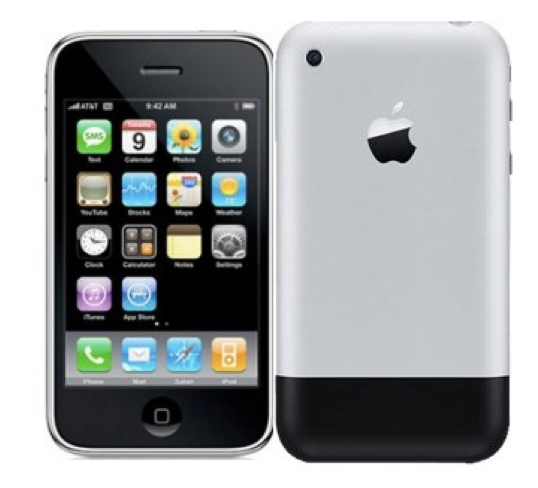
Merging the popular iPod with a revolutionary touchscreen phone and mobile web browser, the first generation iPhone unleashed a world of potential. Creating the mould for all smartphones to follow, the iPhone 1 featured a 2MP in-built camera, up to 8GB of storage and a 3.5-inch, 320 x 480 pixel resolution screen, making it the best display of its generation.
iPhone 3G – July 2008
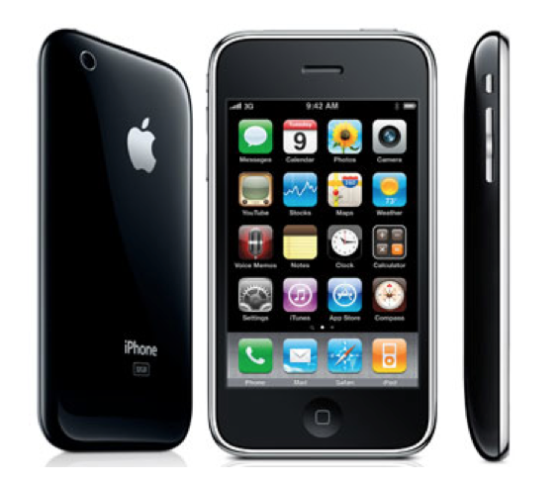
While its predecessor didn’t support third-party apps, the iPhone 3G saw the birth of the App Store. Building the model for true multi-functionality in a slimmed-down design, the App Store helped the iPhone breed to begin gaining traction amongst consumers. Along with this exciting update, the iPhone 3G also allowed users to make use of new high-speed connectivity,allowing a smooth connection to online sites such as Facebook and Platinum Play for the first time.
iPhone 3GS – June 2009
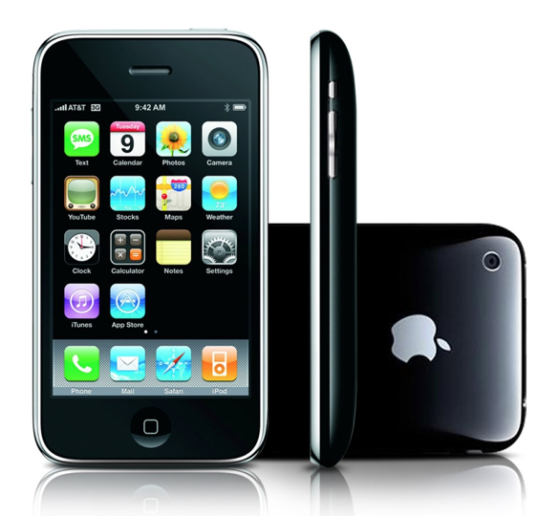
The iPhone 3GS failed to bring major changes to the table, but succeeded in giving the 3G a satisfactory reboot. Although no changes were made to the screen or general appearance, this model delivered faster performances as well as an improved 3.2MP camera, an increased storage capacity and new voice control features that would pave the way for Siri.
iPhone 4 – June 2010
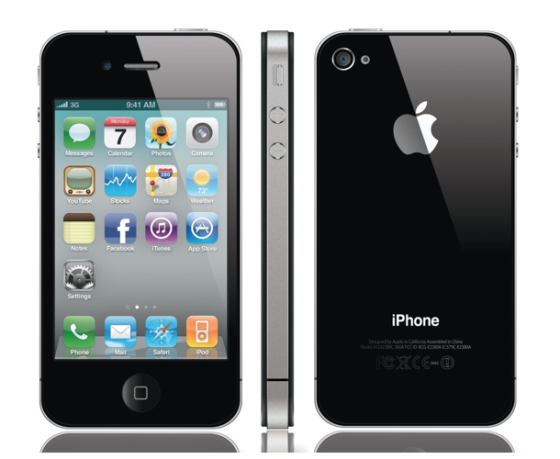
Apple’s flagship device was given a major transformation for the release of the iPhone 4. While its competitors had started catching up to the 3G, Apple left them in the dust when the new flat design hit the shelves in 2010. The screenwas swapped for a high-resolution Retina display along with a top-of-the-class 5MP camera and HD video recording capabilities, as well as with other internal improvements that showed why Apple still held the crown in the world of smartphones.
iPhone 4S – Oct 2011
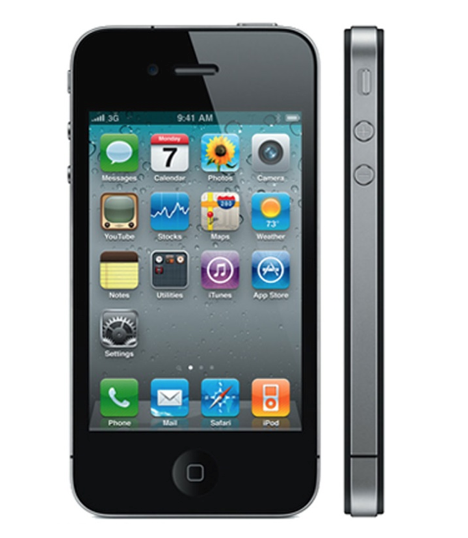
Following in the footsteps of the 3GS, the 4S gave the fourth generation model a minor upgrade to bring it up to scratch. While the shell stayed unaltered, the inside came with a new A5 processor, 8MP camera and 1080p video recording, as well as improved graphic capabilities and the debut of Sirias an exclusive feature.
iPhone 5 – Sept 2012
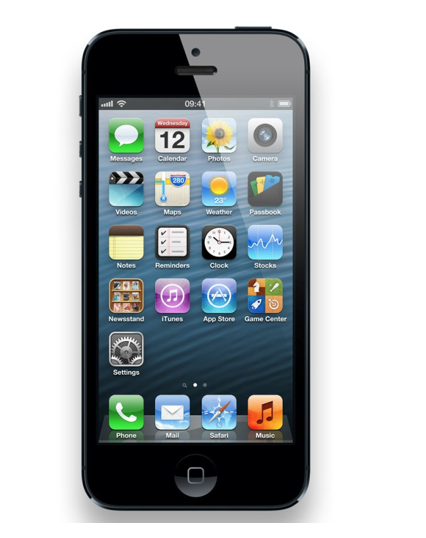
Following a number of internal revamps from the 4S, the iPhone 5 focused more on reshaping the phone’s architecture. The handset became 20% lighter than its predecessor, sporting a 4-inch screen and a 640 x 1136 pixel ratio. The iPhone had never looked better.
iPhone 5S/5C – Sept 2013
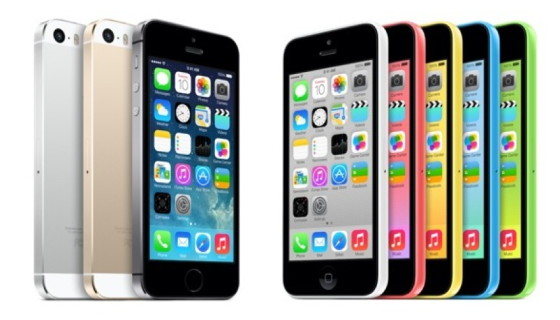
Locking horns with major competitor Android, the iPhone 5C was more or less a carbon copy of the iPhone 5, but with a plastic-back, longer battery life and a more reasonable price tag.
As for the 5C, this handset made further improvements under the hood, adding a better camera feature and a fingerprint reader located under the home button.
The launch of the iOS 7 updates also bought about the most radical shake-up the operating system had seen in recent years
iPhone 6 - ?
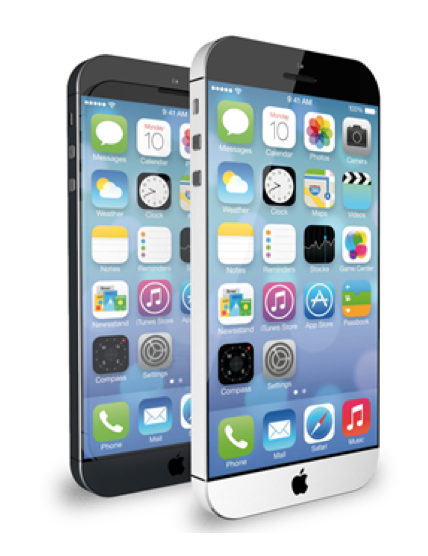
Rumours are currently circulating over the iPhone 6, with speculation on the price, specs and release date running wild. Credible sources are predicting that the model will feature a bigger display, measuring in at a 4.8-inch form factor. Some are also stating that Apple could offer a range of smartphone devices, including a 4.7-inch and 5.6-inch model as well as their branded smart watch.
Following a $578 million deal between Apple and GT Advanced Technologies, the eighth generation iPhone will most likely contain a Sapphire glass screen. Upgraded from the current Gorilla Glass, this scratch-resistant material is almost unbreakable, second only to diamond in terms of hardness, and would increase screen clarity.
Other, less plausible rumours point to a curved design and wraparound display. While the appearance of these features in concept images have gotten the media and consumers excited, the designers themselves are admitting that they stretch the realms of possibility.
“Such a design may appear on the iPhone 6 or 7, or maybe never,” said designer Nickolay Lamm.”It’s a cool design, but one which is unlikely to give Apple a sustainable competitive advantage.”
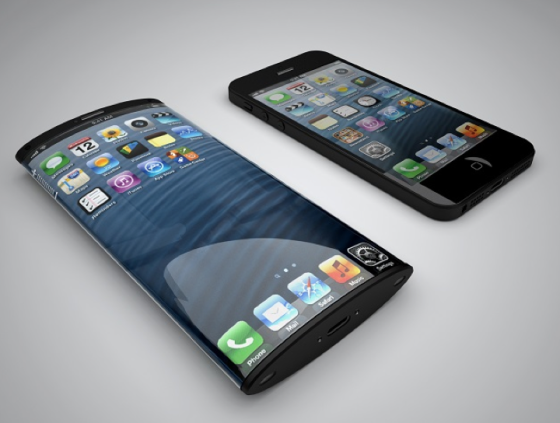
Credit: Nickolay Lamm iPhone 6 concept design
